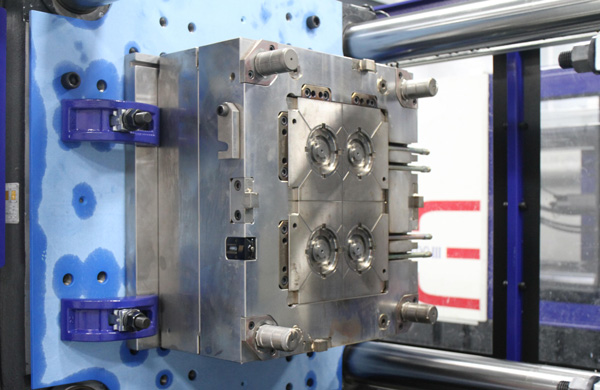In the realm of plastic processing, thermoplastics and thermosets stand as two cornerstone materials, each exhibiting distinct characteristics during the injection molding process. This article delves into the unique attributes of these plastics in injection molding and uncovers the essential differences between them.
Thermoplastics: The Versatile Shaping Artists
Thermoplastics are renowned for their ability to be repeatedly shaped. They become pliable at specific temperatures and solidify upon cooling, a process that is reversible, allowing them to undergo countless cycles of melting and solidification. In injection molding, thermoplastics are first heated to a molten state, then precisely injected into a mold under high pressure. Once cooled, the product can be easily ejected from the mold, ready to take on its desired form. Additionally, thermoplastics are also suitable for hot pressing, where the cold material is directly placed into a heated mold and shaped under pressure, further demonstrating their processing flexibility and versatility.

Thermosets: The Resilient Guardians of One-Time Shaping
In contrast, thermosets are known for their irreversible curing once set. These plastics undergo a chemical reaction under heat or other specific conditions, forming a stable and insoluble (or non-meltable) structure. Phenolic plastics and epoxy plastics are typical examples. In injection molding, thermosets are first preheated to reduce their viscosity, then injected into a preheated mold and cured under pressure. Notably, the injection molding of thermosets shares similarities with hot pressing in essence, both emphasizing shaping and curing under heated conditions, but the former achieves more precise shape control through injection.
The Core Difference: The Mystery of Molding Mechanisms
In summary, the most significant difference between thermoplastics and thermosets in injection molding lies in their molding mechanisms. Thermoplastics rely on temperature changes for multiple shaping and curing cycles, offering high flexibility and modifiability in product design. In contrast, thermosets cure through a one-time chemical reaction, imparting excellent stability and durability to the product. This fundamental difference not only determines their unique advantages in respective application fields but also provides the plastic processing industry with a diverse array of material choices to meet the varying demands of product performance, cost, and production efficiency.
By deeply analyzing the characteristics and differences of these two types of plastics in injection molding, we can better understand their material properties and provide a scientific basis for material selection in actual production, driving continuous progress and innovation in plastic processing technology.